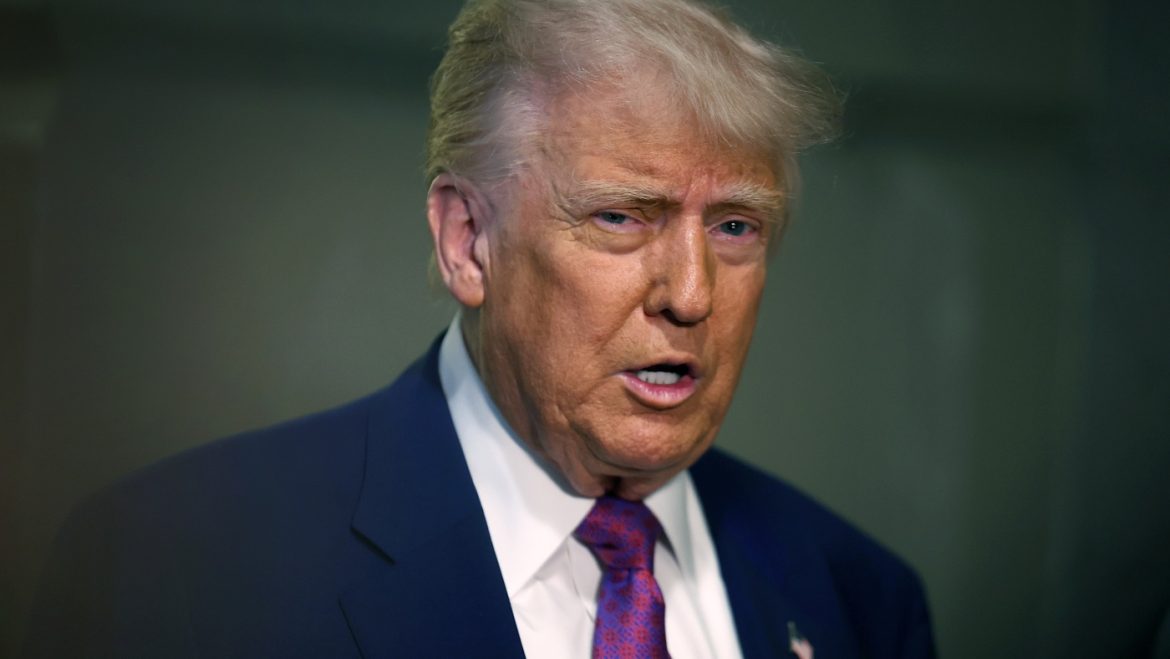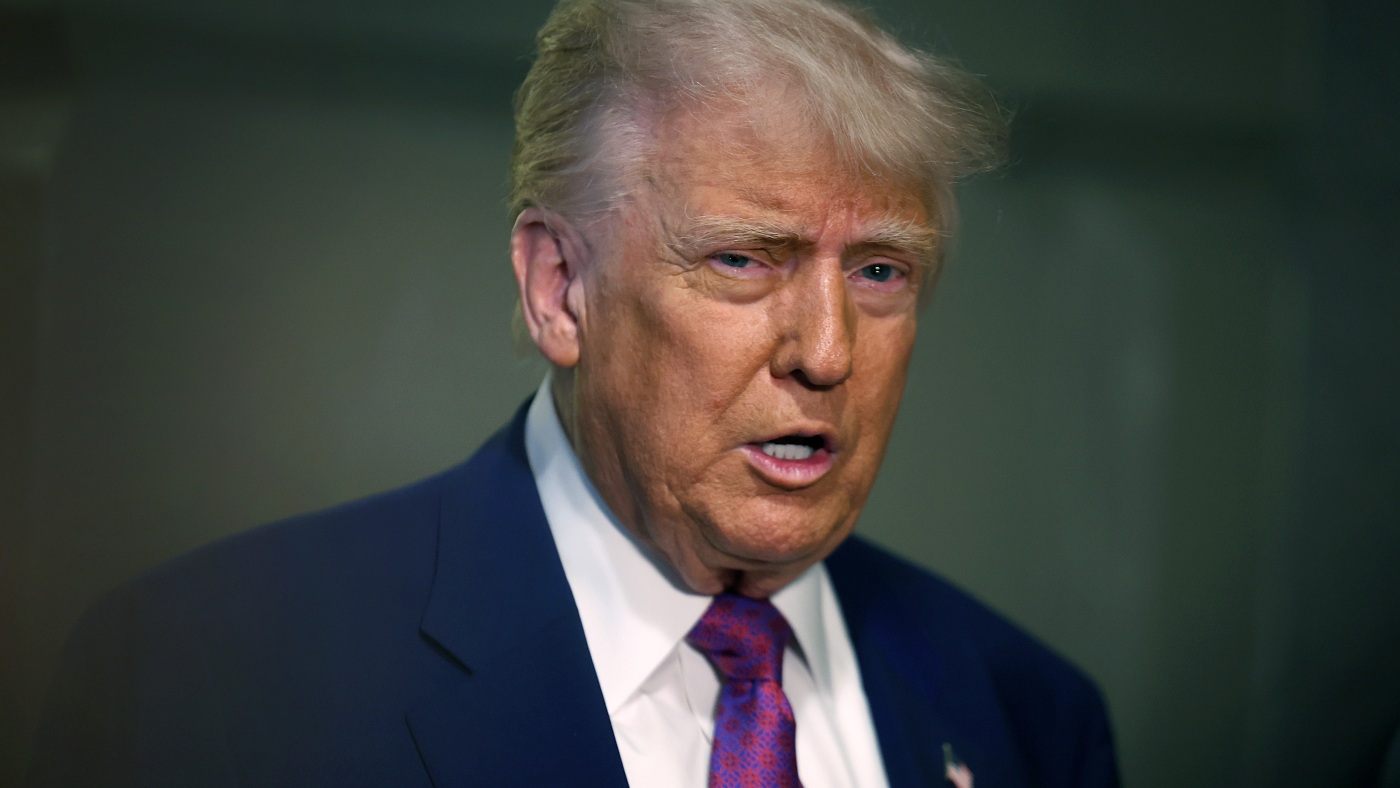The Trump administration has announced a significant expansion and reinstatement of its travel ban policies, affecting dozens of countries across multiple continents. This move represents a continuation and broadening of earlier executive orders from President Trump’s first term, intensifying restrictions on foreign nationals’ entry into the United States. The following analysis explores the scope, rationale, implications, and controversies surrounding these newly imposed travel bans.
Expansion and Scope of the Travel Ban
The latest presidential proclamation signed by President Trump targets citizens from 12 countries with a full entry ban, alongside partial travel restrictions for seven additional countries. The twelve fully banned nations include Afghanistan, Myanmar (Burma), Chad, Republic of the Congo, Equatorial Guinea, Eritrea, Haiti, Iran, Libya, Somalia, Sudan, and Syria. Partial restrictions apply to countries such as Burundi and others, summing up to a total of approximately 19 countries directly affected by the new measures.
Moreover, internal memos circulated within the administration suggested the potential for broader travel restrictions impacting up to 41 or even 43 countries, echoing and expanding on the notorious “Muslim ban” from Trump’s first term. The inclusion of an expanded list raises concerns about the criteria for selecting these countries and the potential global reach of the policy.
Rationale Cited by the Administration
The administration frames these travel bans primarily as national security measures. The official justification centers on concerns regarding insufficient vetting, inadequate screening, and the potential threat posed by certain countries’ inability to guarantee thorough identity verification of their citizens. National security risks have been the cornerstone rationale, with the proclamation emphasizing the need to protect the United States from terrorism and other security threats stemming from foreign nationals entering the country.
However, critics point out that the listed countries encompass diverse regions and populations, some facing humanitarian crises or ongoing conflicts, prompting questions about the consistency and fairness of the restrictions.
Legal and Political Context
These expanded restrictions come after the original travel ban faced numerous legal challenges and revisions. The first iteration targeted seven Muslim-majority countries, and despite court battles, a version was upheld by the Supreme Court in 2018. However, when President Joe Biden assumed office, he revoked these bans, aiming to reverse the controversial immigration and travel policies.
The reintroduction of travel bans under Trump’s renewed presidential proclamation signals a return to restrictive immigration and foreign policy approaches. The policy has sparked extensive debate, with opponents arguing that such bans are discriminatory, politically motivated, and damaging to the United States’ global reputation.
Impact on Affected Countries and Individuals
The travel ban’s immediate consequence is the suspension of entry into the U.S. for nationals from the designated countries, affecting tourists, students, business travelers, and immigrants. For example, citizens from Afghanistan, Myanmar, and Haiti face full restrictions, effectively halting lawful immigration and travel opportunities. Partial restrictions may suspend certain visa programs, limiting the legal avenues for entry from additional countries.
The policy further complicates humanitarian efforts, as several nations listed are embroiled in conflict or political instability. For refugees, asylum seekers, and those with family ties in the U.S., these restrictions can mean prolonged separation and uncertainty.
Additionally, the travel and airline industries have expressed concerns over the policy’s impact on operations and customer relations. Industry stakeholders highlight that even the proposal and announcement of such bans create chilling effects on travel demand and international mobility.
Broader Implications and Controversies
The travel ban reignites debates about immigration policy, national security, and civil rights in the United States:
– Discrimination and Human Rights: Critics label the ban as a form of discrimination targeting specific religious or ethnic groups, echoing the charges levied against the original Muslim ban. Questions about due process and the arbitrary nature of country selections fuel human rights concerns.
– Diplomatic Relations: The bans risk straining the United States’ relations with the countries affected, some of which are strategic partners in counterterrorism and other global initiatives.
– Legal Challenges: Given the contentious history, this new proclamation is likely to face fresh legal challenges in courts contesting its constitutionality and compliance with immigration law.
– Economic Effects: Restrictions on travel from these countries could stunt educational exchanges, business collaborations, and tourism, affecting both the U.S. economy and global interconnectedness.
Conclusion: A Policy Reasserting Restriction Amid Controversy
The Trump administration’s renewed and expanded travel ban represents a marked intensification of its immigration and national security strategy, affecting more than a dozen countries with full or partial entry prohibitions. While framed as necessary for protecting national security, the policy deepens controversies over discrimination, legal fairness, and international relations.
The bans’ real-world impact is felt by individuals and families caught amid geopolitical instability, alongside industries and diplomatic channels. As this policy unfolds, its broader ramifications will be scrutinized by legal authorities, advocacy groups, and the international community, making it a pivotal moment in the evolution of U.S. immigration and foreign policy.


